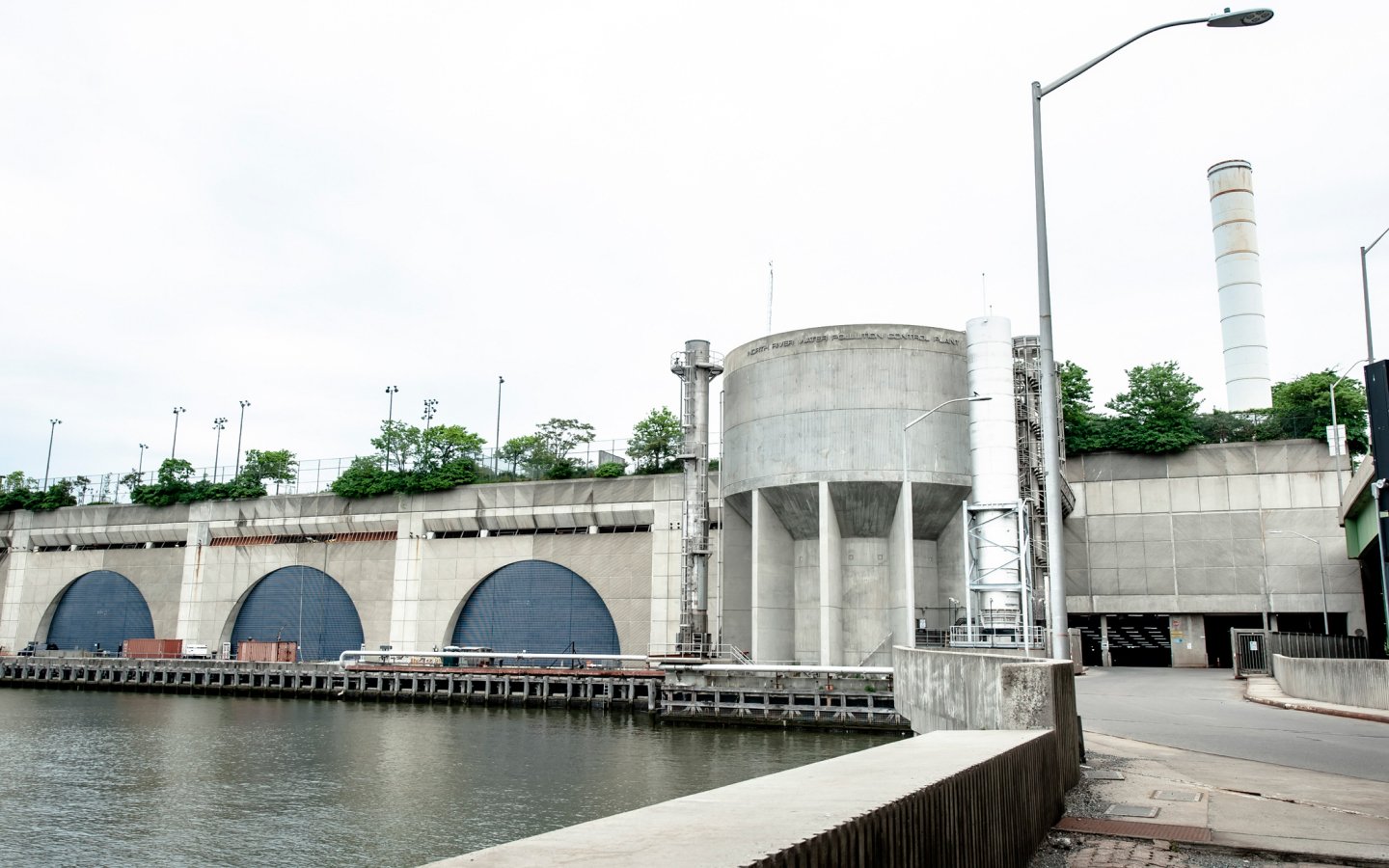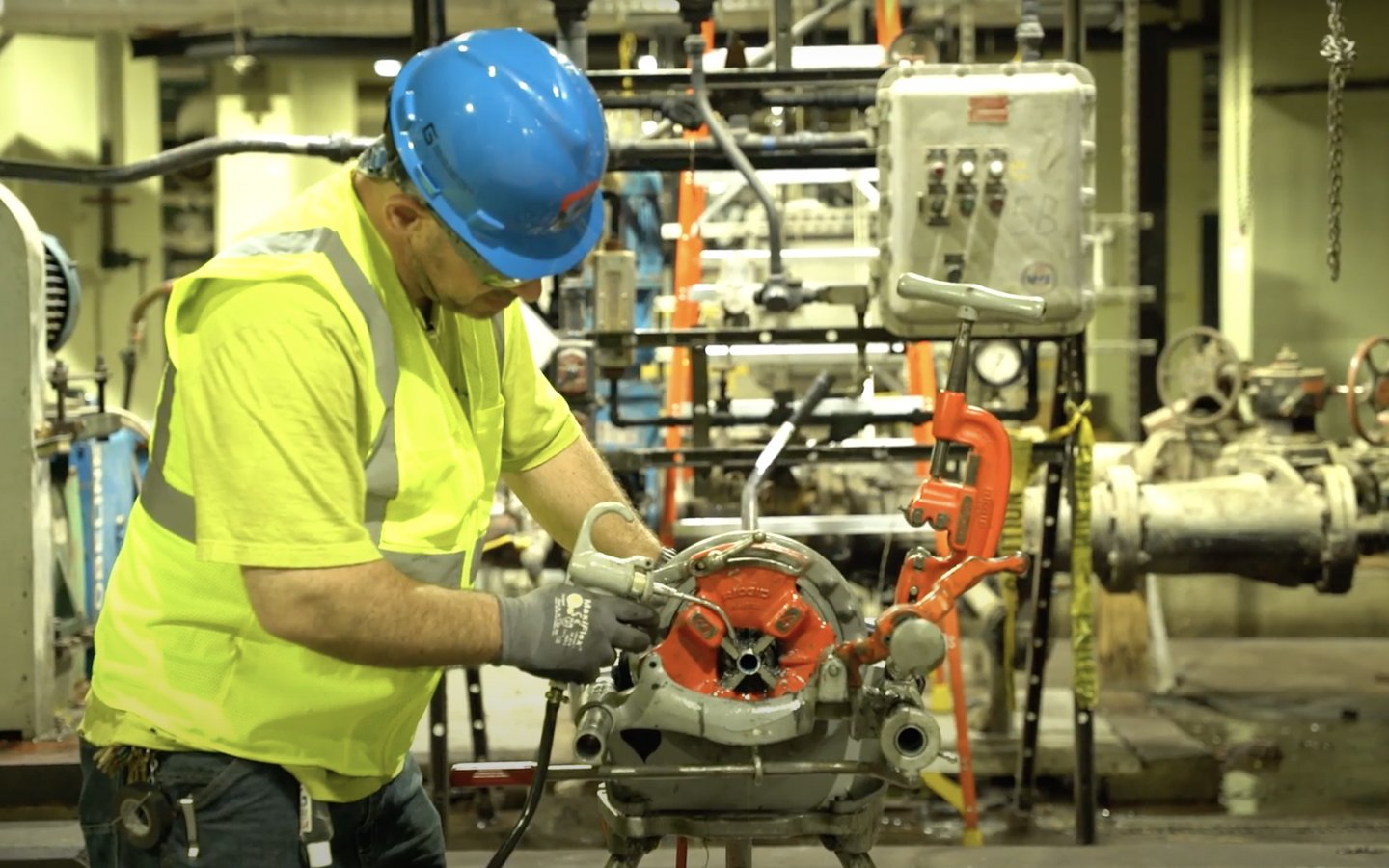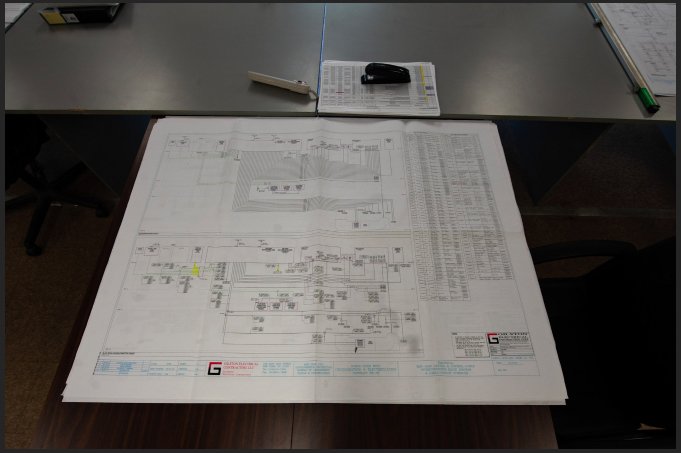Gilston Electric was honored to play a role in the rich legacy of Harlem by supporting the transition of its unique wastewater treatment plant into a resource recovery facility.
As New York City’s newest of 14 wastewater treatment plants, River North WWTP serves a population of 590,000 people in west Manhattan and is designed to handle 640,00 cubic meters daily.
Gilston installed a new cogeneration system that can run on natural gas from the power grid or on digester gas collected and processed locally at the plant to produce 12 megawatts of electricity. Up to four of these new state-of-the-art 3.37-MW spark-ignition reciprocating internal combustion engine generators run at any given time while a fifth unit remains on standby for backup support. The generators are interconnected with the Con Edison electrical supply and operate on both anaerobic digester gas and natural gas to produce a modern, energy-efficient power supply with pollutant emissions control.
This upgrade will allow the facility to go off the electrical grid during demanding circumstances and to send electricity back to the power grid during peak demand hours. The entire system is expected to lessen greenhouse gas emissions by 26,000 metric tons of carbon dioxide equivalent annually.
With the goal of reducing the site’s greenhouse gas emissions 50 percent by 2022, Gilston also employed an aggressive strategy that replaced destructive fixtures with sustainable sources of power — an upgrade equivalent to removing 5,500 vehicles or planting 700,00 trees.















